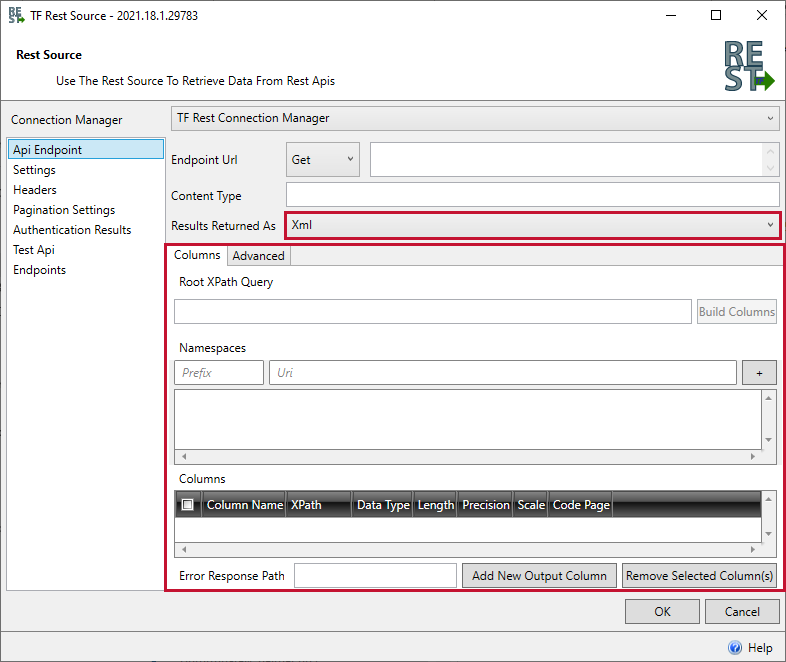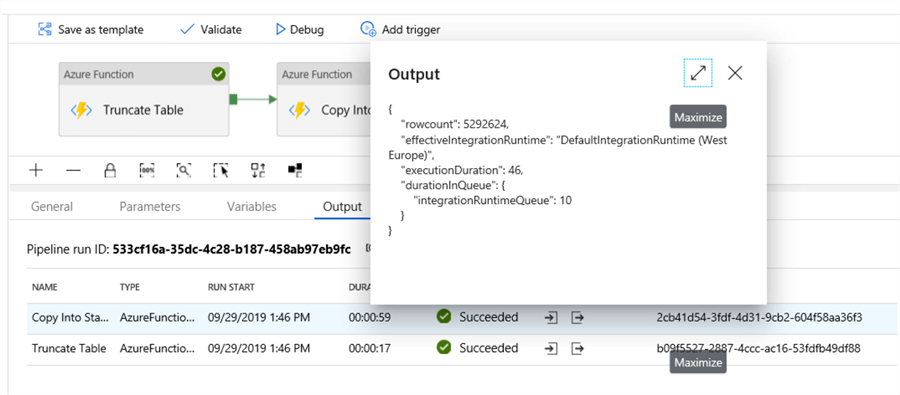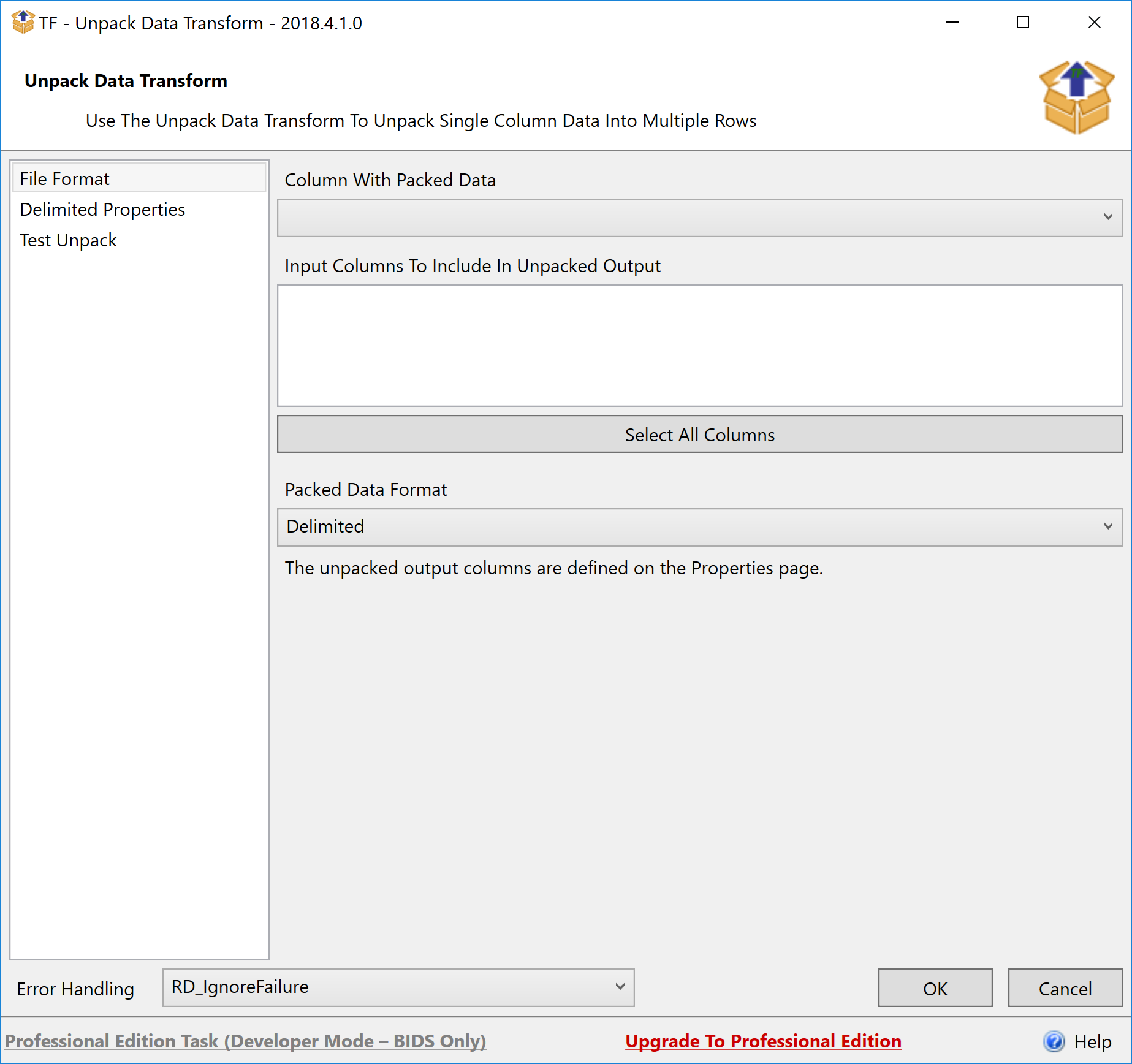

If element and/or attribute names in the same start orĮmpty-element tag are bound to different namespace URIs andĪre using the same prefix then the element or the first

If an element or attribute name has a prefix, but is notīound to any namespace URI, then the prefix will be removed If the defaultNamespace is bound and in scopeĪnd the default namespace matches the URI of the attribute or StartElement Has not been declared in a parent of the current StartElement it will be declared Has a uri but no prefix specified a prefix will be assigned, if the prefix If a writer isRepairingNamespaces it will create a namespace declarationĬurrently have a namespace declaration in scope. This property specifies that the writer default namespace prefix declarations. SetProperty("", new Boolean(true|false))
Xml output factory 2 code#
The property can be set with the following code line: The following paragraphs describe the namespace and prefix repair algorithm:

The level of support required is described in the 'Required' column. The following table defines the standard properties of this specification.Įach property varies in the level of support required by each implementation. Getting XMLEventWriters and XMLStreamWriters. Original posters help the community find answers faster by identifying the correct answer.Defines an abstract implementation of a factory for Please don't forget to click on or upvote button whenever the information provided helps you.Do let us know if you any further queries. In both the cases the row(s) are written to the same Sink (SQL DB in your Case) When Single Row is Returned as a result of HTTP Connector - Multiple Rows Copy Activity fails because of schema mapping and Single Row Copy Activity is executed.When Multiple Rows are Returned as a result of HTTP Connector - Multiple Rows Copy Activity succeeds and Single Row Copy Activity is ignored.Single Row Copy Activity with the below mapping executes.įor XML2 - JSON Schema -Bookstore -> Book When only one row is returned - Book will be considered as an Object and not as array - Multiple Rows Copy Activity fails as it cannot find the Book. Now for the Copy Activity 2 ( "Single Row") - This executes on the failure of the Copy Activity 1 ( Multiple Rows). You could modify as per your XML Structure The above is just an illustration per my source. You will have to create explicit Mapping for the Copy Activity 1 ( Multiple rows as per Above screenshot). I was able to overcome the behavior by having two copy activities with different mappings - one for multiple rows and one for single rows. I had done small repro at my end, and I was able to replicate the behavior you have observed.įor Testing Purpose, I had created two XML for input.

You could use to convert string to XML representation - that may not meet your goal - as it cannot be a directly consumed by other activities. You are right that the XML that has been read is converted to JSON and is used by the service. Any insights would be greatly appreciated. Is there any way that we can handle an XML API in ADF using standard connectors? We don't have programmers on our team who can create custom connectors so that's not an option. As the API really returns XML, it seems that ADF is converting this to JSON on its own accord and not doing it correctly. We have tried using the Content-Type: application/xml and Accept: application/xml header to force an XML output, but that also didn't work. As a result the single record is not written to the SQL database. If multiple records are returned everything is fine, but when only a single record is returned by the API the square brackets around the array are removed and ADF no longer recognizes it correctly in the mapping because it expects an array. The strange thing is that the ADF output is always in JSON, despite the API response being XML (confirmed in Postman).Īt first we didn't think this was a problem but I just discovered that array handling is not being done correctly. We therefore switched to the HTTP connector instead which is giving back data, which we were then able to write to an Azure SQL DB sink. We have already discovered that the REST API connector cannot be used for this purpose as it can only handle JSON responses. For one of our clients we are trying to extract data from a somewhat old fashioned REST API which returns an XML response.


 0 kommentar(er)
0 kommentar(er)
